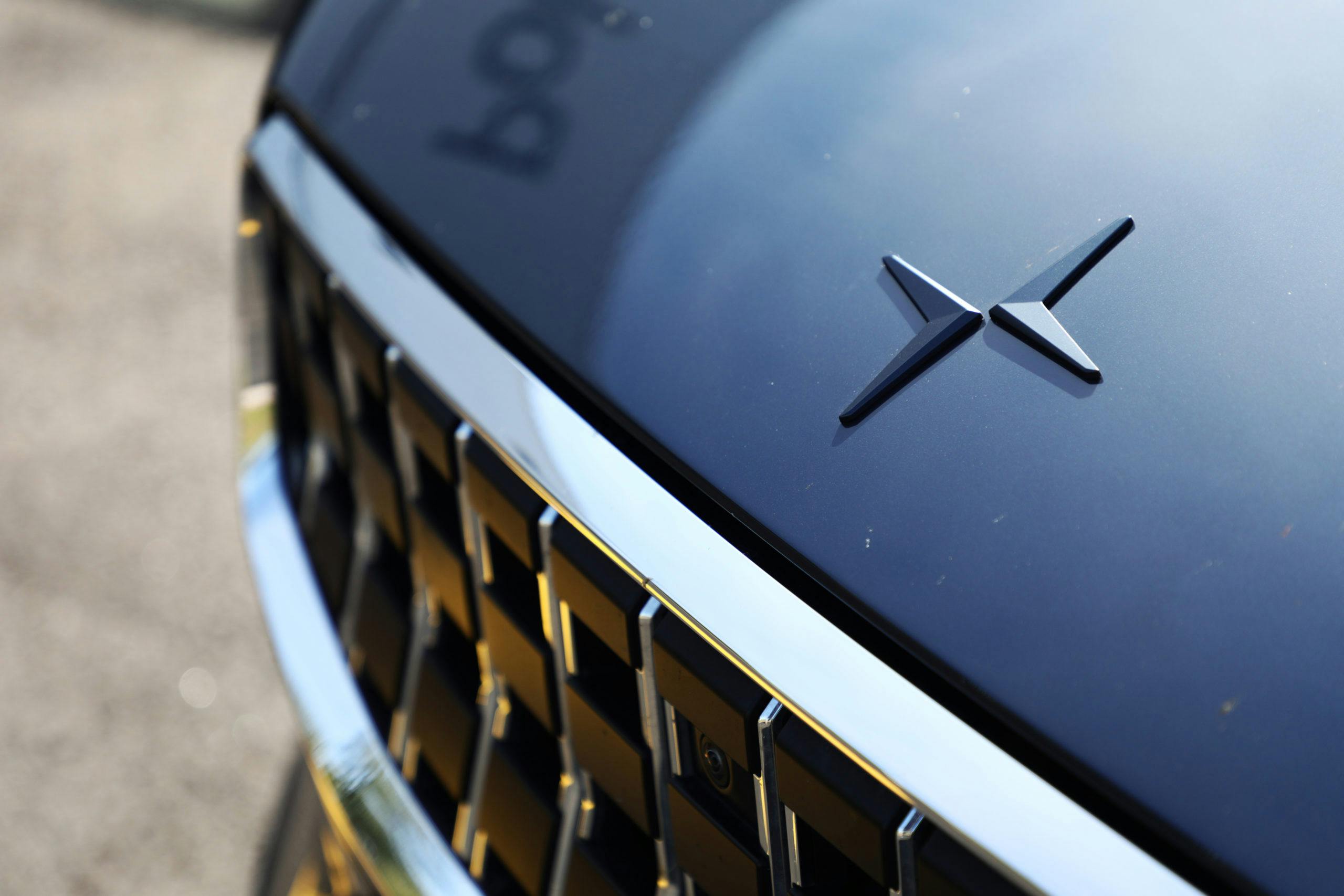The investor presentation that Polestar released previewed more than just the launch schedule for its next three models. It also showed off their underpinnings including the electric motors, architecture, and battery. We’re liking what we see because it’s showing that Polestar is poised to continue positioning itself as a performance-oriented brand in the luxury space.
Polestar’s first two models, the Polestar 1 and Polestar 2 are built on the SPA1 and CMA platforms. The latter is a convergence architecture designed to accommodate internal combustion, hybrid, and battery-electric powertrains. SPA1 can only handle internal combustion and hybrid propulsion hence why the Polestar 1 is a plug-in hybrid. That changes starting with the Polestar 3, which will be one of the first vehicles on the SPA2 platform designed from the ground up for battery-electric applications. Unlike the steel-intensive Polestar 2, the Polestar 3 will be the first Polestar model that will make extensive use of aluminum, cutting the vehicle’s overall weight.
Polestar 4, which will arrive in 2023, will also be on battery-electric architecture called PMA. Jointly developed by Volvo and Geely, this platform appears to be the successor to CMA, which is used by the Polestar 2, Volvo XC40, and Volvo C40 Recharge. Since the Polestar 4 will slot under the Polestar 3 as a compact luxury crossover, it’s likely not going to get the same aluminum-heavy body construction. It will have aluminum, just not as much as its larger sibling to keep the costs down. The Polestar 5 will round out the lineup when it debuts in 2024. Like the Polestar 3, it’ll be on the SPA2 platform and feature an aluminum body.
The body, chassis, and suspension aren’t the only ones getting a significant makeover for the upcoming Polestar models. It will also get new battery packs that have been codeveloped with Volvo and Lotus. These units will have 400- and 800-volt charging capability and V2L capability, enabling the new cars to power appliances or even a house. Polestar says the new charging architecture will be able to DC charge a 103-kWh battery to 80 percent in roughly 20 minutes. Unlike the T-shaped battery found on the Polestar 2, the packs on the SPA2 and PMA-based Polestars will be flat on the floor.
New electric motors will be connected to the new battery packs, and they’ll be developed in-house. One of them, dubbed the P10, is a rear motor capable of making 450 kW or 603 hp on its own. The highest output configuration, which also includes a second motor on the front axle, will make 650 kW or a whopping 871 hp. These electric motors are likely shared with Lotus as they also claim their upcoming sports cars and crossovers can make the same maximum output. Polestar will also utilize a two-speed transmission with two clutch packs and a disconnect feature to improve efficiency. The motors have a compact design that makes them usable for multiple applications.
When the Polestar 3 arrives next year, it will also get an electrical system that’s ready for autonomous driving. Sometime during the first generation’s life cycle, the Polestar 3 will get an over-the-air update that will add Highway Pilot with unsupervised driving capability. Components for the active driver assistance, semi-autonomous, and collision prevention technologies are being developed in collaboration with partners like Luminar, NVIDIA, Waymo, and Zenseact.
Most of the research and development will be handled in-house and in cooperation with Volvo and Geely. Polestar will also continue using upcycled materials for its interiors as it focuses on sustainability. The company has also opened a new facility in Coventry in the United Kingdom to expand its R&D footprint, and likely have a location close to Lotus, another brand under the Geely umbrella.

